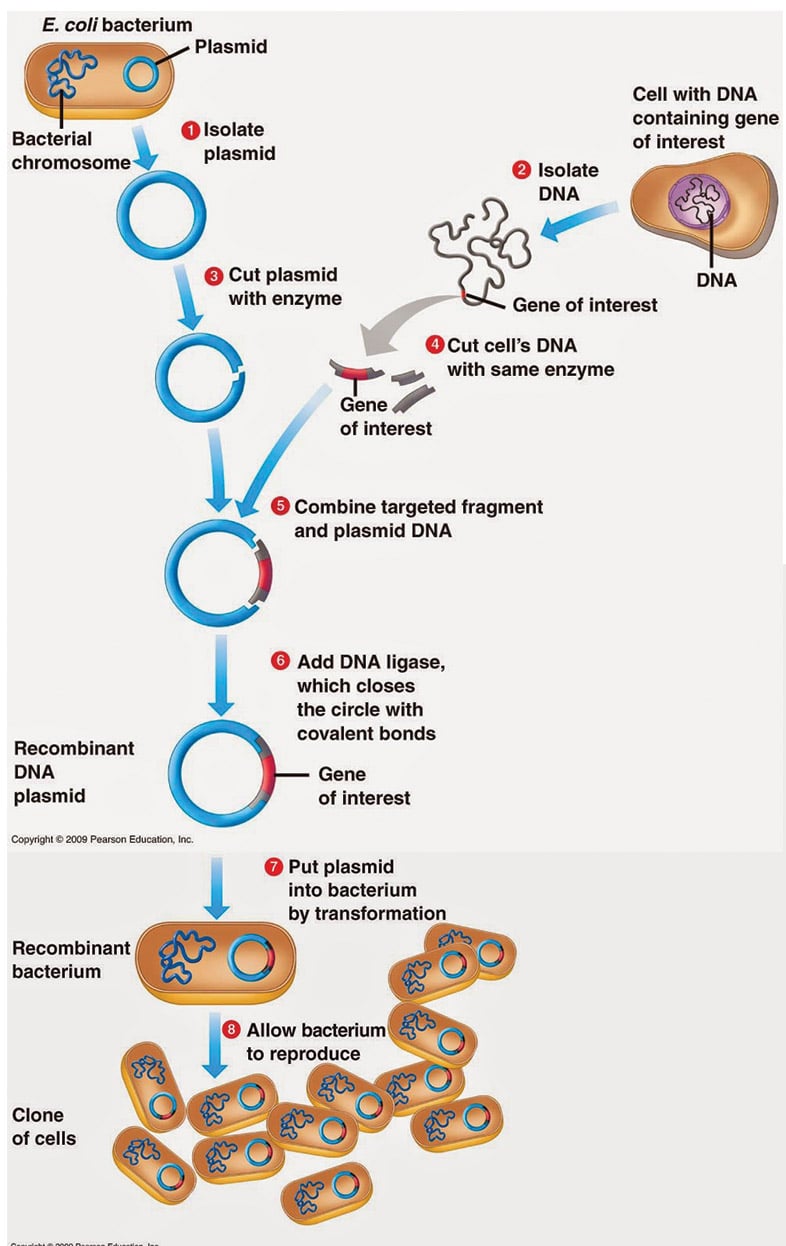Why Clone Hydrangeas?
Hydrangeas are a popular choice among gardeners due to their stunning flowers and versatility in landscaping. However, these beautiful plants can be quite expensive, and sourcing a specific variety can be challenging. This is where cloning comes in – a cost-effective and efficient way to propagate hydrangeas while preserving their exact characteristics. By learning how to clone a hydrangea, gardeners can share their favorite plants with friends and family, create a uniform look in their garden, and even start a small nursery business. Cloning also allows gardeners to reproduce rare or hard-to-find hydrangea varieties, making it an essential skill for any serious hydrangea enthusiast. With the ability to clone hydrangeas, gardeners can enjoy an endless supply of their favorite plants, and even experiment with new and exciting varieties.
Understanding Hydrangea Types and Their Cloning Potential
When it comes to cloning hydrangeas, understanding the different types of hydrangeas is crucial for success. There are three main types of hydrangeas: bigleaf, panicle, and smooth. Bigleaf hydrangeas, also known as Hydrangea macrophylla, are the most common type and are known for their large, round flowers. They are considered to be moderately difficult to clone, as they require careful attention to rooting and watering. Panicle hydrangeas, or Hydrangea paniculata, are known for their cone-shaped flowers and are relatively easy to clone. Smooth hydrangeas, or Hydrangea arborescens, are known for their round, white flowers and are considered to be the easiest to clone. By understanding the specific needs and characteristics of each type of hydrangea, gardeners can increase their chances of successful cloning. Whether you’re looking to clone a bigleaf, panicle, or smooth hydrangea, learning how to clone a hydrangea is a valuable skill that can open up new possibilities for gardeners of all levels.
How to Prepare Your Hydrangea for Cloning
Before attempting to clone a hydrangea, it’s essential to prepare the parent plant to increase the chances of success. This involves pruning, fertilizing, and selecting healthy stems. Start by pruning the hydrangea plant to encourage bushy growth and promote healthy stems. Cut back the stems to about 12-18 inches from the ground, making sure to remove any dead or damaged branches. Next, fertilize the plant with a balanced fertilizer to provide the necessary nutrients for healthy growth. This will help the plant produce strong, vigorous stems that are ideal for cloning. When selecting stems for cloning, look for healthy, vigorous growth with no signs of disease or pests. Avoid taking stems from weak or damaged areas of the plant, as this can reduce the chances of successful cloning. By following these steps, gardeners can increase their chances of successfully cloning a hydrangea and enjoying the many benefits that come with propagating these beautiful plants. Learning how to clone a hydrangea requires attention to detail and careful preparation, but the rewards are well worth the effort.
The Best Methods for Cloning Hydrangeas
When it comes to cloning hydrangeas, there are several methods to choose from, each with its own advantages and disadvantages. One of the most popular methods is stem cuttings, which involves cutting sections of stem from the parent plant and rooting them in a controlled environment. This method is ideal for bigleaf and panicle hydrangeas, but can be more challenging for smooth hydrangeas. Another method is layering, which involves bending a stem from the parent plant down to the ground and securing it with a rock or U-pin. This method is ideal for smooth hydrangeas and can be used to clone large sections of the plant. Division is another method, which involves dividing the root system of the parent plant and replanting the separated sections. This method is ideal for mature hydrangeas and can be used to create multiple new plants. By understanding the different methods for cloning hydrangeas, gardeners can choose the best approach for their specific needs and increase their chances of success. Learning how to clone a hydrangea using these methods can be a rewarding experience, and with practice, gardeners can master the art of propagating these beautiful plants.
Step-by-Step Guide to Cloning Hydrangeas Using Stem Cuttings
Cloning hydrangeas using stem cuttings is a popular method for propagating these beautiful plants. To get started, gather the necessary materials, including a healthy hydrangea stem, a sharp knife or pruning tool, rooting hormone, and a pot filled with a well-draining soil mix. Begin by selecting a healthy stem section from the parent plant, ideally with at least two nodes (the joint where a leaf meets the stem). Cut the stem section from the parent plant, making a clean cut just above a node. Remove any lower leaves from the cutting, leaving only a few leaves at the top. Dip the cut end of the stem into rooting hormone to promote root growth. Plant the cutting in the prepared pot, gently firming the soil around the stem. Water the soil thoroughly, and place the pot in a warm, bright location. Keep the soil consistently moist, but not waterlogged, and roots should begin to develop within 2-3 weeks. By following these steps, gardeners can successfully clone a hydrangea using stem cuttings, and enjoy the many benefits of propagating these beautiful plants. Learning how to clone a hydrangea using stem cuttings requires patience and practice, but the rewards are well worth the effort.
Troubleshooting Common Cloning Issues
When attempting to clone a hydrangea, gardeners may encounter several common issues that can hinder the success of the process. One of the most common problems is root rot, which can occur when the cutting is not properly prepared or when the soil is too wet. To overcome root rot, ensure that the cutting is clean and dry before planting, and avoid overwatering the soil. Another issue is fungal infections, which can be caused by poor air circulation or contaminated soil. To prevent fungal infections, provide good air circulation around the cutting, and use a well-draining soil mix that is free of contaminants. Poor rooting is another common issue, which can be caused by inadequate light or insufficient rooting hormone. To promote healthy rooting, provide the cutting with bright, indirect light, and use a rooting hormone that is specifically designed for hydrangeas. By being aware of these common issues and taking steps to prevent them, gardeners can increase their chances of successfully cloning a hydrangea. With practice and patience, gardeners can master the art of cloning hydrangeas and enjoy the many rewards of propagating these beautiful plants. Remember, learning how to clone a hydrangea requires attention to detail and a willingness to troubleshoot common issues that may arise during the process.
Aftercare and Maintenance for Newly Cloned Hydrangeas
Once a hydrangea has been successfully cloned, it’s essential to provide proper aftercare and maintenance to ensure the new plant thrives. Watering is crucial, as newly cloned hydrangeas require consistent moisture to establish a strong root system. Water the soil gently but thoroughly, making sure not to overwater, which can lead to root rot. Fertilizing is also important, as it provides the necessary nutrients for healthy growth. Use a balanced fertilizer, and follow the manufacturer’s instructions for application rates. Pruning is another critical aspect of aftercare, as it helps maintain the plant’s shape and promotes healthy growth. Prune the plant regularly, removing any dead or damaged stems, and shaping the plant to encourage bushy growth. By following these aftercare and maintenance tips, gardeners can ensure their newly cloned hydrangeas grow strong and healthy, and provide years of beauty and enjoyment. Remember, learning how to clone a hydrangea is just the first step – providing proper aftercare and maintenance is essential for long-term success.
Conclusion: Mastering the Art of Cloning Hydrangeas
In conclusion, cloning hydrangeas is a rewarding and creative way to propagate these beautiful plants. By following the steps outlined in this article, gardeners can successfully clone their favorite hydrangeas and enjoy the many benefits of propagation. From preserving the exact characteristics of a favorite plant to creating a uniform look in the garden, cloning hydrangeas offers a range of advantages. By understanding the different types of hydrangeas and their cloning potential, preparing the plant for cloning, and using the best methods for cloning, gardeners can increase their chances of success. Remember, learning how to clone a hydrangea requires patience, practice, and attention to detail, but the rewards are well worth the effort. With the right techniques and a little creativity, gardeners can master the art of cloning hydrangeas and enjoy the beauty and joy of these stunning plants for years to come.







